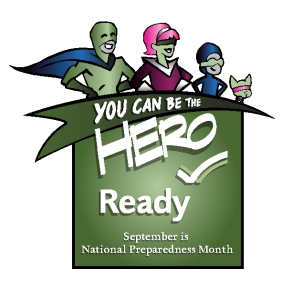If you see something, say something. That is a popular phrase we hear a lot these days, right? So why is it that this doesn’t openly carry over into the workplace as well?
If the end game is to make sure that your facility is making its deadlines and that workers are provided a safe environment in which to meet those deadlines, if someone sees something that is impeding that process, they should feel comfortable enough to say something, shouldn’t they?
Many companies are proving that this is not the case, but the logic behind those decisions just isn’t adding up.
Some of those most common reasons employers are feeling the need to retaliate are:
Denial, fear, profit risk, thinking it isn’t a big deal, and forgetting about the long game. Some workplaces feel like they just don’t want to mess up a good thing and if any little change happens it most likely won’t be for the better.
This might be the case in the short term, however any company with longevity under it belt hasn’t made it there by ignoring very real, and serious problems by silencing those who speak out.









